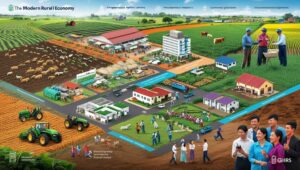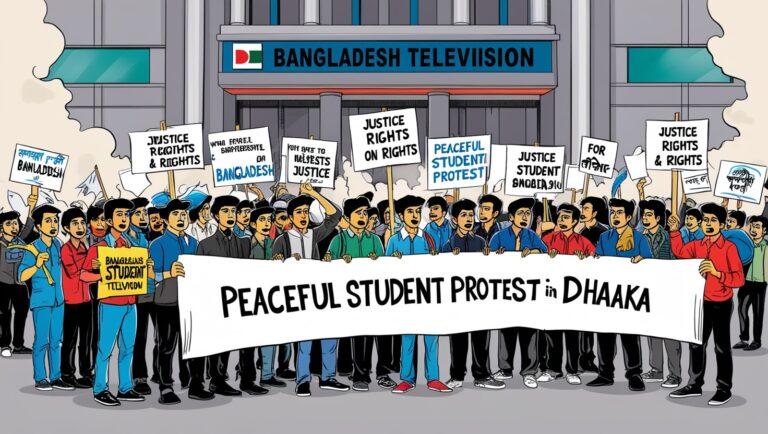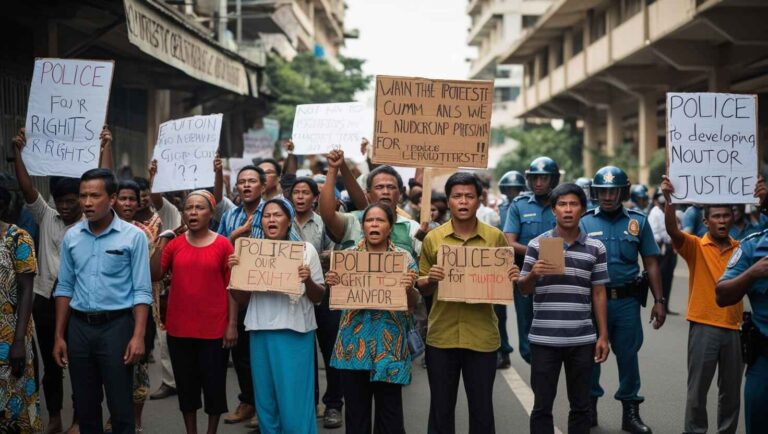Our Social Media Handles
Modern Rural Economy Ready for Massive Investments

The factors of production, including but not limited to machines, technology, and labor, are concentrated in urban areas. This concentration has attracted a large population, including entrepreneurs, investors, and job seekers. Consequently, urban populations are rapidly growing, leading to a greater demand to meet their economic needs. This growth has led to complex and sophisticated urban problems such as traffic congestion, high unemployment rates, organized crime, and others that need to be controlled. One solution to these issues is spurring rural development.
Local development is the foundation of regional and national development. For this reason, robust development in villages will improve the standard of living across the entire country. The growth of rural market centers into urban settlements will create attractive living areas, effectively distributing the rapidly growing population across multiple urban areas.
When people think of rural areas, they often envision primitive places undeserving of investment. Many believe investing economic resources in these areas is a waste. However, times are changing. The rural way of life, which significantly impacts the rural economy, is evolving and keeping pace with modern developments, making it worthy of investment.
Traditional rural setups had a narrow economic approach. People primarily earned their living from agriculture, with plenty of land and no boundaries. Daily consumed products came directly from the land they cultivated and the animals they kept. Crop farming and animal keeping were the main economic activities. Additionally, hunting and gathering provided supplementary food sources. Families needed many children as laborers, making the family the primary unit of production. Homes and communities provided education and training, reducing the need for formal educational institutions. Herbal doctors provided medical services, eliminating the need for hospitals. Money was often kept under mattresses, so banking services were unnecessary. Disputes were resolved internally by councils of elders, reducing the need for legal professionals. Construction was a community affair, with materials freely available from forests and grasslands. Entertainment and recreation were community-based, with traditional dances, local liquor, and nature walks. Clothing was made from animal skins, and transportation and communication were rudimentary, relying on walking, running, smoke signals, drum beats, and horn blowing.
In contrast, today’s rural families have altered operations. Although agriculture remains the primary economic activity in many areas, production has not kept pace with the growing population. Land ownership is fragmented, leading to smaller plots. Locally produced goods, like tea, coffee, and sugar, are insufficient to meet the demand for finished products. Additionally, directly consumed agricultural products are also insufficient.
Modern families now seek jobs outside the home, creating a pool of labor that can be tapped before moving to cities. Families are often separated as they move to find work or acquire land elsewhere. This separation means modern families rely on lawyers for dispute resolution and schools for training and education. Recreation now includes mainstream media, social media, and visits to cinemas and game reserves. Advanced transportation and communication networks are needed, with families using motorbikes, buses, airplanes, phones, and other gadgets for travel and communication.
People have adopted urban lifestyles, requiring hired professionals for building, medical services, car repairs, banking, and more. Modern diseases and buildings require trained professionals.
In light of these changes, it is evident that the modern rural economy is ready for massive investment. Rural areas are a safe haven for decongesting urban areas and boosting national development. They are becoming hubs of opportunity, especially for young entrepreneurs who can organize factors of production effectively, uncovering hidden opportunities that established towns may not offer.




